Improving Security Posture with Threat Intelligence refers to the practice of using threat intelligence to enhance an organization’s overall cybersecurity defenses and resilience against potential cyber threats. Threat intelligence involves the collection, analysis, and dissemination of information about current and potential cybersecurity threats. By leveraging threat intelligence effectively, organizations can proactively identify and mitigate risks, respond to incidents, and improve their overall security posture.
Here are key components and strategies involved in improving security posture with threat intelligence:
Understanding Threat Intelligence:
● Indicators of Compromise (IoCs): Threat intelligence provides indicators such as IP addresses, domain names, malware signatures, and patterns of attack that may indicate a security incident.
● Tactics, Techniques, and Procedures (TTPs): Threat intelligence offers insights into the tactics, techniques, and procedures used by threat actors, helping organizations understand their adversaries’ methods.
● Contextual Information: Threat intelligence provides context around potential threats, including information on threat actors, their motives, and the vulnerabilities they target.
Incorporating Threat Intelligence into Security Operations:
● Security Information and Event Management (SIEM): Integrating threat intelligence feeds into SIEM solutions allows organizations to correlate security events with known threats, enabling faster detection and response.
● Incident Response Planning: Threat intelligence aids in the development and improvement of incident response plans, helping organizations respond effectively to security incidents.
● Vulnerability Management: Threat intelligence helps organizations prioritize vulnerabilities by understanding which ones are actively exploited in the wild.
Sharing and Collaboration:
● Information Sharing Platforms: Organizations can benefit from sharing threat intelligence with trusted partners, industry peers, and information-sharing communities to collectively strengthen defenses.
● Public and Private Threat Feeds: Subscribing to threat intelligence feeds, both publicly available and commercial, provides organizations with up-to-date information on emerging threats.
Automating Threat Intelligence Processes:
● Automated Threat Feeds: Utilizing automated tools to ingest and analyze threat intelligence feeds helps organizations stay current with the evolving threat landscape.
● Orchestration and Automation: Implementing automation in response to threat intelligence can enhance the speed and efficiency of security operations.
Continuous Monitoring and Analysis:
● Threat Hunting: Proactive threat hunting, based on threat intelligence, allows security teams to actively search for signs of compromise within their network.
● Continuous Evaluation: Security teams should regularly assess and update their threat intelligence sources to ensure relevance and accuracy.
Strategic Decision-Making:
● Risk Management: Threat intelligence supports risk assessment and helps organizations make informed decisions about security investments based on the current threat landscape.
● Policy and Strategy Development: Organizations can align their security policies and strategies with threat intelligence to address specific threats that may impact their industry or sector.
At E-Panzer, we want you to be informed
By incorporating threat intelligence into your cybersecurity practices, organizations can stay ahead of potential threats, respond more effectively to incidents, and continuously improve their security posture. It’s a dynamic and ongoing process that involves collaboration, automation, and a deep understanding of the evolving threat landscape.
Threat Intelligence is a crucial foundation for organizations looking to modernize their cybersecurity approach and better protect their digital assets in an increasingly complex threat landscape. Contact us to learn more.
















